Bedbugs reproduce rapidly, and once the infestation spreads, it isn’t easy to get rid of them.
As soon as you spot them in your home or office, instantly take the necessary steps to eliminate them. People often call an exterminator when they spot these insects inside their home or business; However, it might look like a convenient and quick option. There is a good chance that you can tackle this yourself and only call in a professional if the infestation gets out of hand.
Another disadvantage is that exterminators will probably use toxic chemicals that will harm you and your family; the harmful chemicals will continue to linger in the atmosphere even days after the extermination.
While these chemicals work well, you might need to remain out of your property until any lingering evidence has gone.
On the other hand, a steam cleaner is a handy tool if you are looking to kill bed bugs. This article will look at ways you can use a steam cleaner to kill bed bugs.
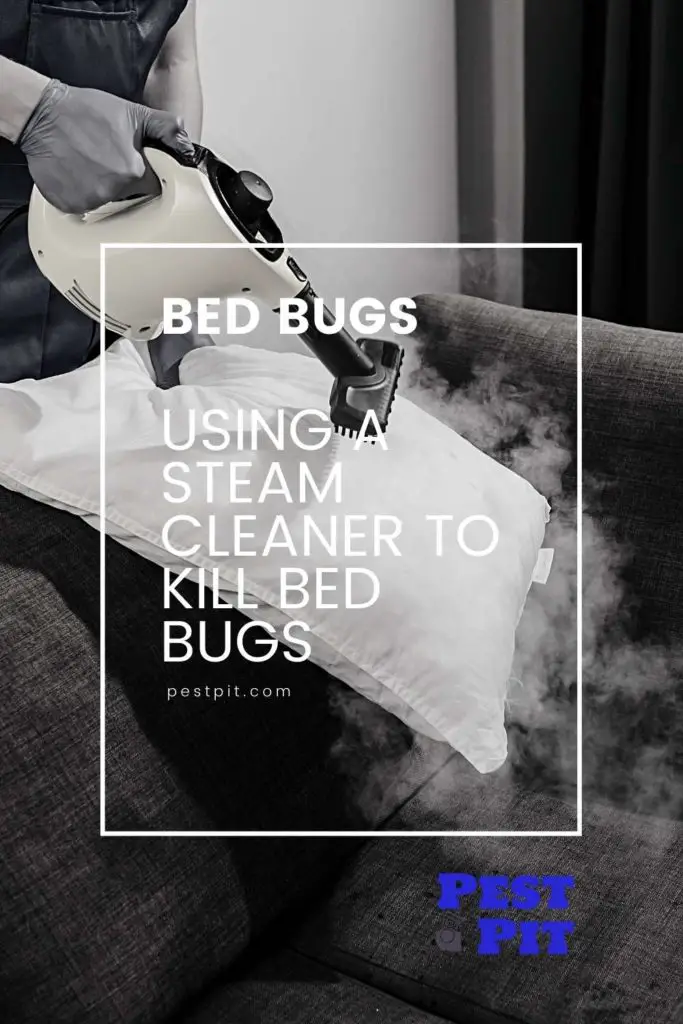
Why steam works best for eliminating bed bugs?
Bed bugs are vulnerable to heat; temperatures above 48°C kill them instantly.
When you apply steam to the affected areas, it will kill the bugs and destroy the eggs.
Steam is also natural; you don’t have to worry about dealing with toxic chemicals.
How to detect a bed bug infestation?
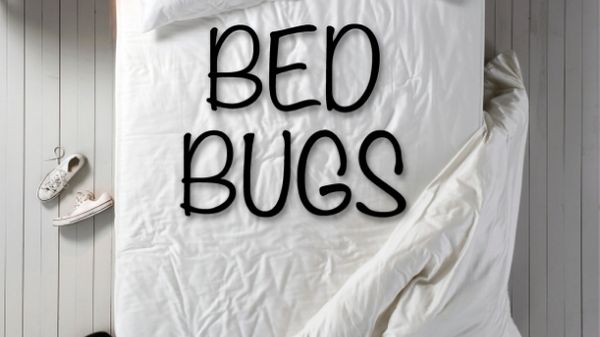
Bed bugs need blood, carbon dioxide, and the perfect warm temperature. You will likely find these insects in sofas, cushions, mattresses, pillows, clothing, curtains, box springs, carpets, and furniture.
They appear as tiny brownish-red dots and stay gathered together. If anyone in your home wakes up with red itchy bumps on the body, it could be a sign of bed bug infestation.
Since these bugs reproduce and spread fast, you must take the right actions in the initial phases.
The steps below will help you know if you have bed bugs.
1. Check the stitches
These bugs like to stay inside tight spaces such as crevices and corners of pillows, linens, mattresses, and clothing. The best place to start looking is on the mattresses’ stitching since the bed is the best place for bed bugs to thrive.
2. Floor and furniture
After the bed, the upholstered furniture and carpets are the next places to look for them.
3. Check severity
As mentioned above, bed bugs spread rapidly, so if you see them anywhere, check if it has spread to other parts of the house. Identify all the places and objects that need to be steamed and cleaned.
How Does steam remove bed bugs?
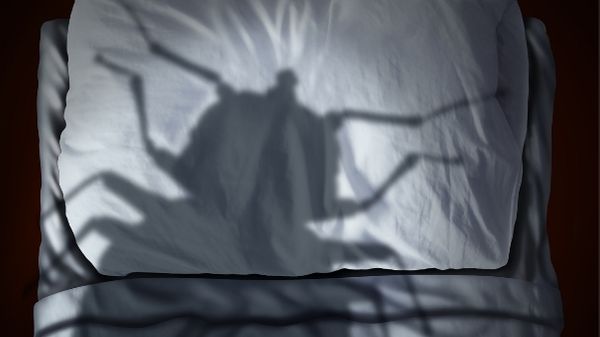
Bed bugs need a temperature setting between 21 – 26 degrees Celsius, anything more than that is fatal. Bed bugs can successfully mature into adults within the temperature ranges mentioned above. But as the temperature rises, they begin to die.
If you continuously expose them to a temperature above 48°C, the bed bugs will die within 15-20 minutes.
But steam cleaners can reach temperatures above 140 degrees Celsius. The nymphs and the eggs will die quickly at these temperatures, along with the bed bugs.
Which is the right kind of steam cleaner for killing bed bugs?
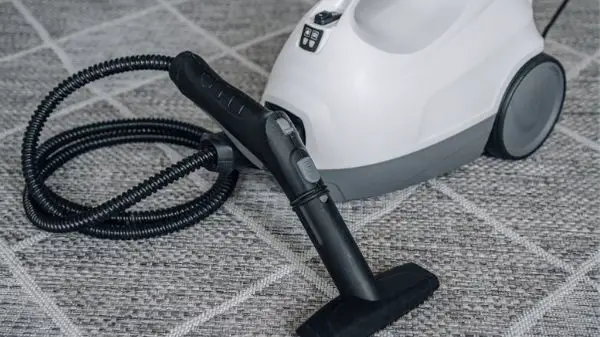
As mentioned earlier, the bugs and eggs can be destroyed for good when exposed to high temperatures. You can do this by targeting and aiming the bed bug steamer directly towards the areas infected by the bed bugs.
If you don’t apply the steam properly, the infestation will continue to thrive and spread to other areas. The right kind of steamer to use for this purpose is the one that has at least one gallon capacity.
All steam cleaners work well for killing bed bugs.
How can I use a steamer for bed bugs?
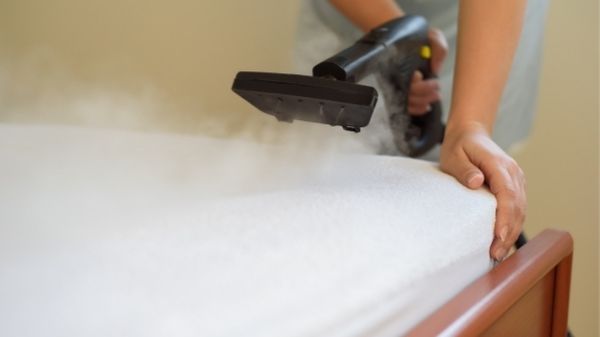
Follow the steps below to kill bed bugs using steam –
- First off, fill the steam cleaner with water, switch it on and begin steaming
- A steam cleaner comes with a lot of extensions and accessories. Use the suitable nozzle or extension tool. The best one for removing bedbugs is the triangular tool with a microfiber fabric. Nozzles are included with the steamer, and you can use them in most places. But you need to use the correct nozzle and move it slowly to maintain high temperatures throughout the surface. If the steam starts to spread, the temperature will drop, and it won’t be high enough to kill bed bugs and eggs.
- Move the steamer slowly along the surface, concentrating for some time on each area. This will allow the heat to go deeply into the area. This may take time, but it will be effective.
- Steam every corner of your space; begin with the drapes and work your way to the pieces of furniture, upholstery, and bed linens.
- When steaming the mattress, attach the microfiber cloth to the triangular tool. This will insulate the heat, allow it to penetrate the mattress, and help get rid of bed bugs quickly.
- Keep the steamer on low or medium pressure. This will prevent the steam from pushing the bed bugs deep into the mattress instead of getting rid of them.
- Pass the steam on all the sides and repeat it a few times to ensure complete extermination.
- After you are done with the steaming, the next step is to let the surfaces dry out. It would be best if you wrapped the furniture, drapes, box spring, mattress, and other steamed items in tear-resistant plastic. Keep it covered for a couple of weeks to ensure all the bed bugs get killed. This will ensure that you will also kill off any bed bugs you missed.
- After two weeks, examine the surfaces and all the items to check for feces or living bed bugs. If you see any signs of bed bugs a week after steaming, you will have to repeat the entire process.
- After steaming, you need to clean and disinfect your steamer and all the other accessories you might have used.
Conclusion
When done correctly, using a steamer for bed bugs is all that is needed to end an infestation.
A steam cleaner is a natural and convenient way to kill bed bugs. This process won’t cost you much money and will be more effective than any chemical process.
Good luck!

